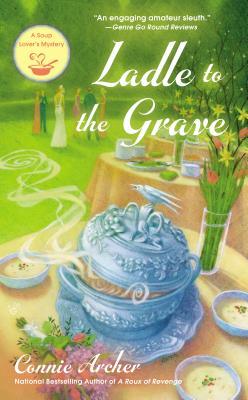When the French artist and writer André Masson (1896 – 1987) met the Catalan painter Joan Miró, the two of them bonded over their love for the limitless visual potential of poetry. In a letter written in 1972, Masson recalled:
“It was obvious that for Miró as for myself, poetry (in the broadest sense of the term) was of capital importance. Our ambition was to be a painter-poet. […] As painters purporting to work from poetic necessity, we were taking a great risk. Furthermore, but for a few rare exceptions, the verdict of the French critics observing our beginnings was: ‘Definition of a Surrealist painter – not a painter, but a failed poet’.”
 André Masson – Pedestal Table in the Studio (1922), oil on canvas
André Masson – Pedestal Table in the Studio (1922), oil on canvas
But before he aligned himself with the Surrealists, Masson, having fought and been seriously wounded during World War I, at the beginning of the 1920s was still trying to find his voice and use art as an outlet for his suffering. Pedestal Table in the Studio (1922) is a still life reminiscent of pre-war Cubist paintings, while being far more realistic. The milky haziness of the painting, coupled with the abstract background, makes it look almost like a dream or a distant memory, possibly a sign that Masson was close to embracing Surrealism.
On the top of a pedestal table, we have a mandolin, the body of a guitar, white flowers, a black pipe and a white pipe, a dead bird, two pomegranate halves. The pomegranates (also meaning “grenades” in French) were not used by chance, for they evoked the gruesome scenes that Masson had witnessed while fighting in the trenches, including the “memory of the blown-open skull of a soldier in the battlefields of Champagne”. In light of his use of pomegranates, I find that the guitar looks even more sinister, as if beheaded, and that the white flowers, instead of symbolizing life, suggest a funeral setup.
Advertisements Share this:




